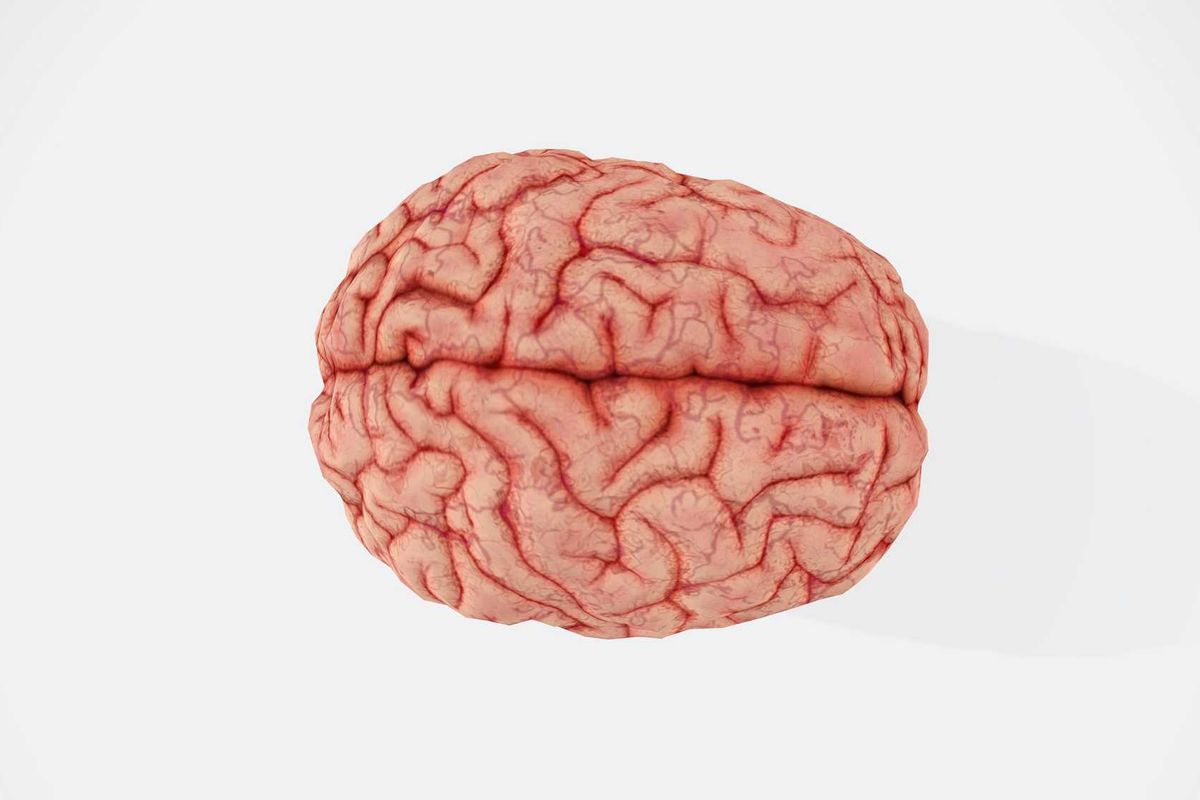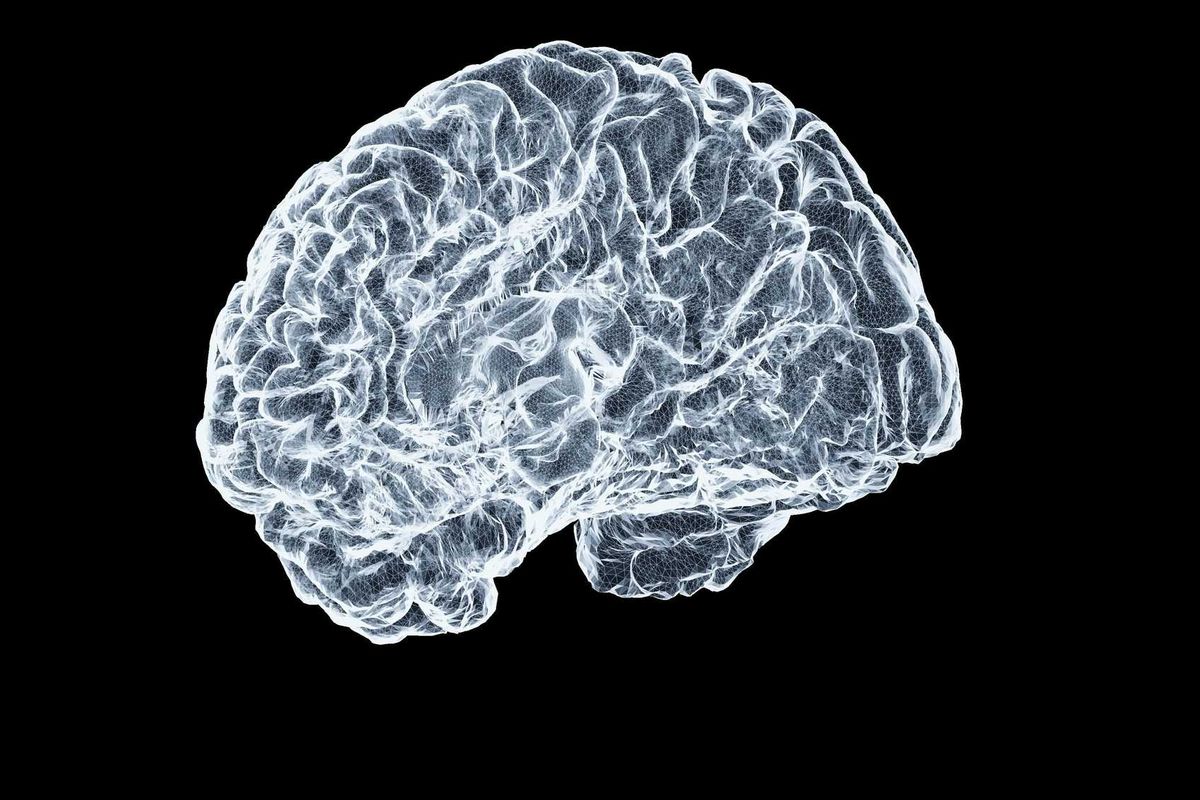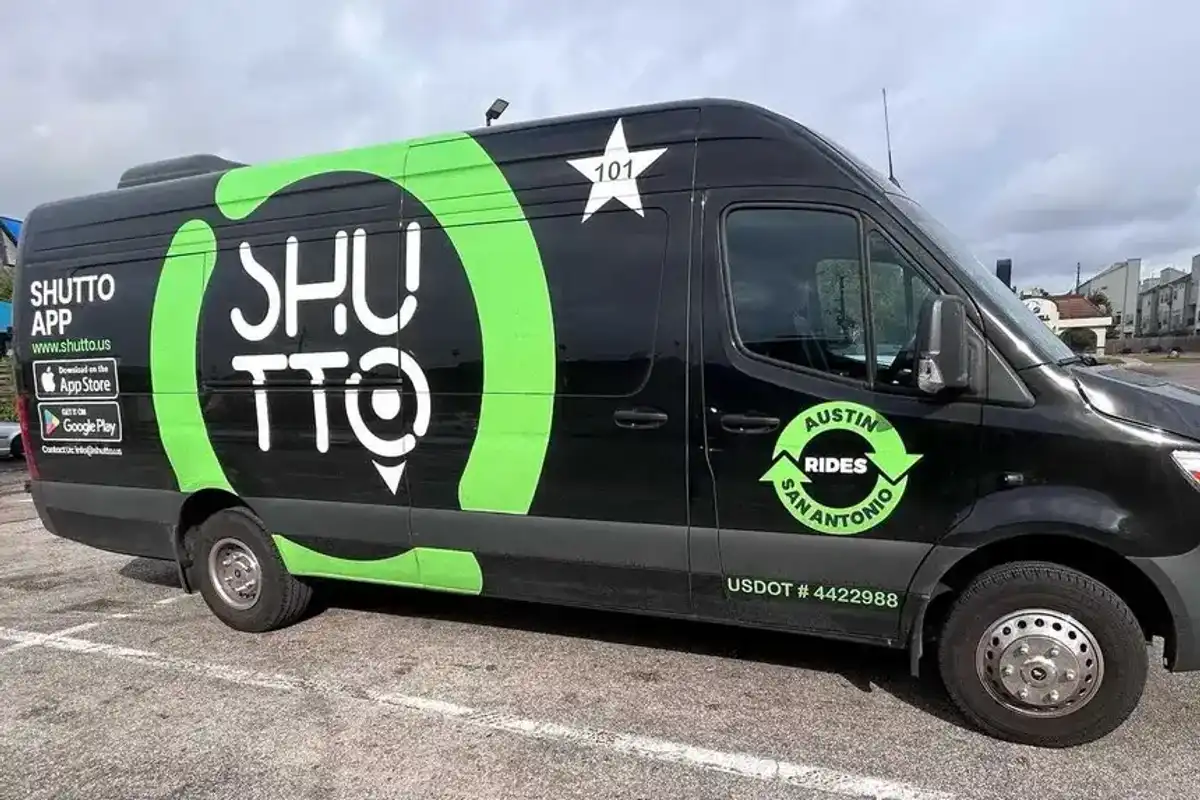Houston Health Museum's new exhibit merges art and mental wellness
art of healing
Caring for the sick can be mentally exhausting. A new gallery of artwork at Houston’s Health Museum, created by caregivers including family members, nurses, and others in the care delivery sector, highlights these challenges.
“This program came to fruition thanks to the generous support of Unlikely Collaborators, who helped build the infrastructure for arts programming at The Health Museum,” Rose Tylinksi, the Museum’s Healing Arts Manager, tells CultureMap. “The Museum had already begun integrating art into their exhibits and community outreach with the focus on Human Health.
"Mental health and healing are important parts of human health, so we wanted to incorporate a program that impactfully addressed this through the intersection of the arts, medicine, and culture," she continues. "The arts, including music, dance, painting, writing, and more, are potent drivers of health and healing, fostering mindfulness, expression, and community. In fact, the health benefits of participating in the arts are comparable to those of regular exercise.”
“Healing Hands: A Collection of Caregiver Expressions on Mental Wellness” marks the museum’s further expansion into the arts, alongside their renowned interactive science exhibits focused on the human body and medical technology. Tylinski has organized workshops, "Paint and Process" events, and other gatherings to help caregivers articulate their struggles.
One example from the gallery is a series of short poems written by a caregiver that explores the various difficult conversations the creator often has with patients. Writing and reading poetry is a common method of helping doctors, nurses, and other caregivers process their experiences. Studies have shown that creating poems can ease feelings of grief and loneliness, both often associated with caregiving.
“It is designed to speak both to the struggles and wellness of our mental health,” says Tylinksi. “The art tells us about the fears, joys, and sacrifices that come with taking care of others. Art is used as a tool to process those experiences.”
Other pieces on display involve traditional visual art pieces.
“Healing Hands” will be on display at the Health Museum through February 2025 and is included in general admissions. For those interested in participating as artistic creators, keep an eye on the Health Museum website for announcements about workshops and events related to the creation of the art.
Founded in 1969, the Health Museum is a unique and quirky institution that consistently offers interesting explorations of the physical and mental human condition. It is the only Smithsonian-affiliated museum in the Museum District and provides experiences like allowing children to crawl through a giant colon to learn about the digestive system and interact with video game versions of humanity’s internal fauna. Despite its often whimsical nature, the Health Museum maintains a first-rate collection and consistently offers intriguing exhibits.
------
This article originally ran on CultureMap.





